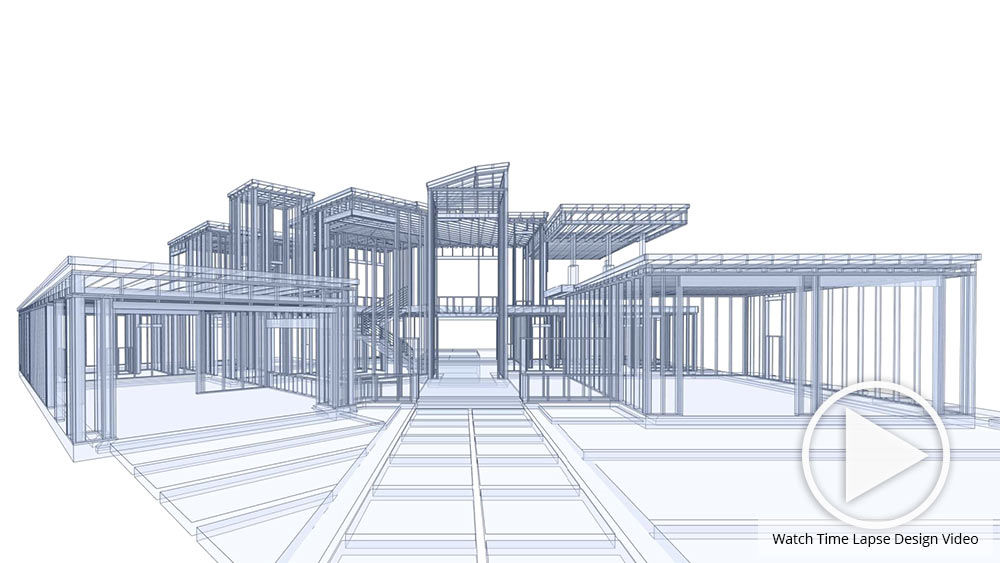Discover Prize-winning Jobs by Popular CDA Architects
Discover Prize-winning Jobs by Popular CDA Architects
Blog Article
An Extensive Review of Architectural Designs and Their Impact on Modern City Preparation and Development
Architectural designs have actually long served as a mirror to the societal values and technical innovations of their time, playing a crucial duty in shaping modern-day city planning and advancement. From the splendour of Neoclassicism to the practical method of Brutalism, each style has actually presented unique ideas that affect metropolitan appearances and performance.
Historic Introduction of Architectural Styles

As societies transitioned via the Center Ages, Gothic architecture arised, defined by its verticality and intricate detailing, mirroring the spiritual goals of the era. The Renaissance noted a revival of timeless perfects, merging art and design in cutting-edge methods that affected succeeding designs across Europe.

Today, architectural designs remain to progress, driven by globalization and sustainability concerns, reflecting a vibrant interaction in between heritage and advancement. This historic summary highlights the importance of architecture as a mirror of societal evolution and as a driver for metropolitan growth.
Key Architectural Styles Explained
The diversity of building styles shows the myriad influences that form our constructed setting, each personifying unique qualities and cultural values. Trick architectural designs consist of Classical, Gothic, Baroque, Innovation, and Postmodernism, each representing special historical contexts and aesthetic approaches.
Timeless style, rooted in old Greece and Rome, highlights balance, percentage, and using columns (cda architects). On the other hand, Gothic style, flourishing in the center Ages, is characterized by pointed arcs, ribbed vaults, and flying buttresses, creating an aerial high quality in basilicas. Baroque architecture, arising in the 17th century, is noted by majesty, intricate ornamentation, and a dynamic interaction of light and shadow
Modernism, which got momentum in the very early 20th century, prioritizes function over form, making use of new products like steel and glass to create minimalist frameworks. Postmodernism, responding against the austerity of Innovation, accepts eclecticism and historic reference, frequently incorporating lively components and irony.

Influence On Urban Planning
In shaping the growth of cities, building styles substantially affect city planning choices. The selection of architectural design usually determines the appearances, performance, and general character of city settings. Modernism, with its focus on minimalism and capability, urges open rooms and the combination of technology, shaping city layouts that prioritize efficiency and access. Conversely, typical designs may emphasize historical conservation, causing urban designs that keep social heritage and promote pedestrian-friendly atmospheres.
Furthermore, architectural designs can impact zoning policies and land make use of plans. Urban coordinators need to consider the dominating architectural trends when creating areas, guaranteeing that new growths harmonize with existing structures. This consideration cultivates natural metropolitan landscapes and improves area identity.
The application of certain architectural designs can likewise affect socioeconomic variables within a city. Premium contemporary layouts might attract affluent residents and services, leading to gentrification, while more cost effective real estate solutions could prioritize sensible and lasting designs to suit varied populations. cda architects. Ultimately, the interaction between building styles and urban preparation creates vibrant cities that show both historic context and modern needs, forming the lived experiences of their inhabitants
Sustainability and Modern Style
Architectural designs play an essential duty in attending to contemporary obstacles, especially in the world of sustainability. As metropolitan locations increase and environmental worries escalate, contemporary architecture progressively embraces sustainable design concepts that focus on energy performance, resource preservation, and very little environmental impact.
Contemporary building movements, such as biophilic layout and environment-friendly style, advocate for frameworks that balance with their environments, using natural products and advertising biodiversity. These styles typically include renewable energy sources, such as solar panels and wind turbines, to decrease dependence on fossil fuels and reduced carbon impacts.
Furthermore, the integration of innovative technologies, more information such as smart structure systems, boosts power monitoring, maximizing source usage while making certain resident convenience. Cutting-edge water monitoring methods, including rainwater harvesting and greywater recycling, further add to sustainable metropolitan environments.
Especially, sustainability expands past environmental issues; it incorporates social and economic dimensions. By cultivating community health and promoting inclusivity, modern building styles straighten with lasting growth objectives. Consequently, the advancement of building practices proceeds to shape resilient cities that not just fulfill the requirements of today however likewise guard the future for generations to come.
Area Engagement in Style
Neighborhood involvement in design works as a crucial bridge between engineers and the populations they offer, ensuring that the developed environment mirrors the requirements and ambitions of its customers. This joint procedure invites area members to add their insights and choices, promoting a feeling of possession and duty towards the rooms they occupy.
Efficient neighborhood engagement employs numerous approaches, such as workshops, surveys, and public online forums, to gather diverse point of views. These techniques promote a two-way discussion, allowing engineers to recognize neighborhood contexts while empowering residents to voice Read Full Report their worries and needs. This inclusivity not just improves the style top quality however also promotes social equity by addressing the distinct difficulties dealt with by marginalized teams.
Additionally, neighborhood interaction can lead to cutting-edge options that may not arise in a traditional layout process. By integrating neighborhood expertise and cultural values, architects can create rooms that reverberate more deeply with individuals, boosting use and sustainability. Inevitably, prioritizing area involvement in layout procedures results in environments that support social interactions, assistance well-being, and strengthen community connections, thereby playing a crucial function in forming modern-day metropolitan landscapes.
Final Thought
Architectural styles have profoundly influenced modern-day city planning and advancement, showing evolving cultural and technological contexts. The integration of historical appearances with modern demands cultivates urban atmospheres that focus on sustainability and area interaction. As cities remain to expand and adjust, the continuous dialogue between building heritage and modern style principles will certainly remain important in producing inclusive, dynamic areas that boost top quality of life and promote helpful site social equity. The future of urban development hinges on this harmonious balance.
Report this page